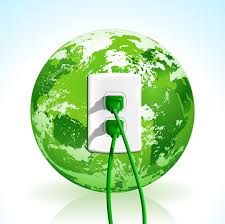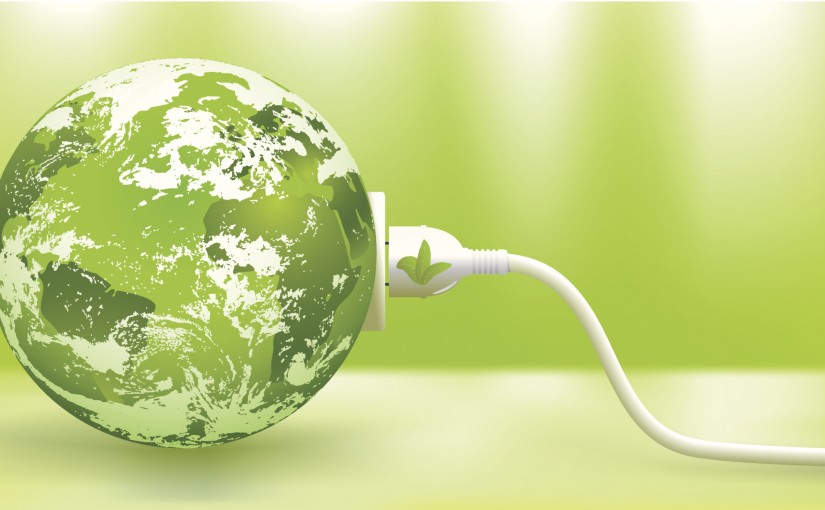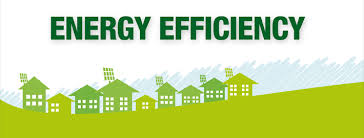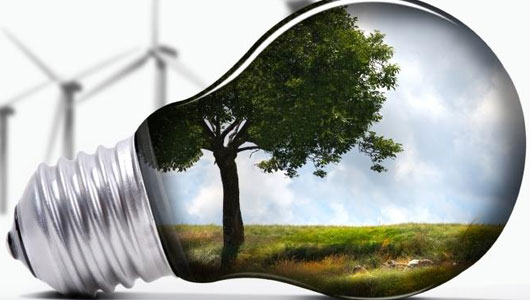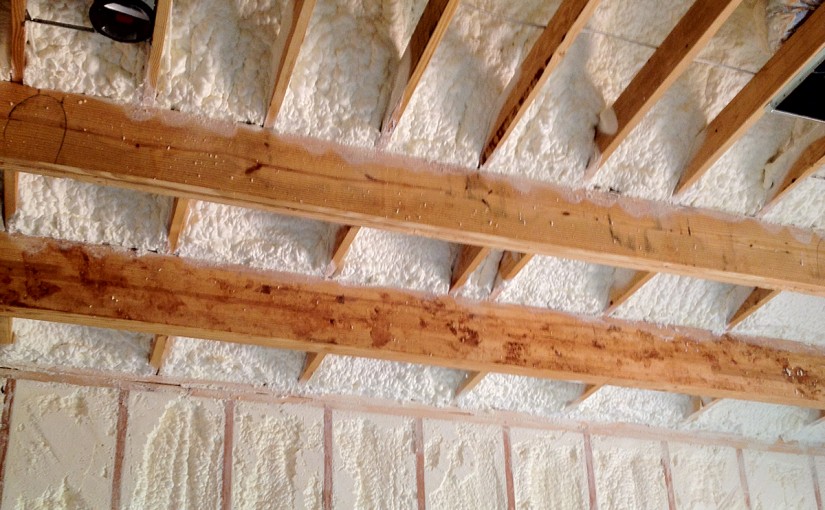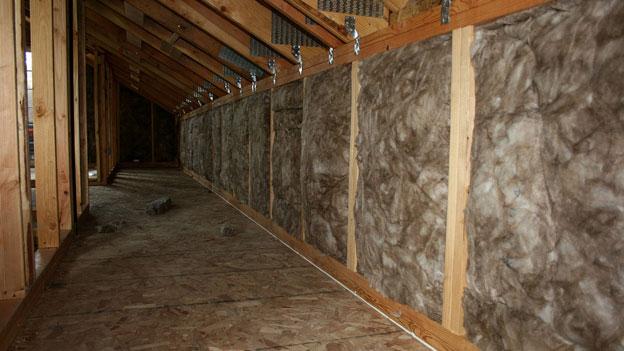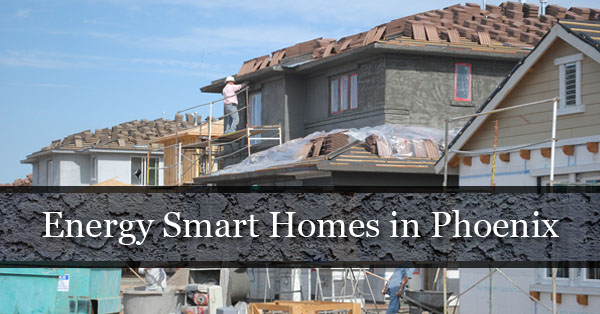
A common sense guide for saving energy
With cooling and heating being some of the largest factors on our electricity bill each month having energy smart homes in Phoenix is a must. At its most basic level, shelter is meant to keep the elements away from us. That’s not just the rain and snow, but the cold and heat. We all know that some people still live in igloos, or huts in the desert climates. Here in Phoenix we have become ever so slightly more sophisticated. This means that having energy efficient homes comes down to more than keeping the door closed. It takes planning in material planning for the construction of your home and improvement as these materials wears out.
Designed For Energy Efficiency
If you’re building a new home you’ve probably been dreaming of all the amenities. Things like those vaulted ceilings, picture windows, and rainstorm showers. With all utilities on the rise diverting some of the savings or building planning budget towards more energy efficient designs will pay you back each and every year to come.
New technology is coming out all the time as builders and manufacturers are constantly trying to have the upper hand. Better UV glass windows, additional panes in the windows and better insulation materials all mean lower energy costs in our Phoenix homes.
Energy Efficient Site Planning
Assuming that you’re doing a new build home, you might have enough room on your plot of land to decide how the house will sit and where. One of the biggest decisions you have to make is which windows will be facing South, or the rising sun. Many home owners are up early and opt to have the sun shine onto their bedroom windows. Facing your less heating and air conditioning sensitive rooms south means utilizing your air conditioning system or heating system less. Another consideration is if you are going to install solar panels or solar thermal panels. Planning in advance to maximize their sun exposure and performance will help reduce your dependence on the utility company.
Qualified Quality Installation
You can save a buck going with the lowest builder or insulation contractor. But you are going to pay more in energy costs over the life of your home and end up spending a lot more in the long run. It’s not a matter of it being difficult to slam some insulation into a floor or attic. It’s about doing it correctly to create a thermal barrier. How the spray foam, batting, or whichever insulation choice fits your budget is applied is the deciding factor on if you will get a nice fat monthly reminder that you could have hired a better insulation contractor.
Improving Existing Homes Energy Efficiency
If you bought a home or if you home is just getting older you might have to look at upgrading to one of the new insulation options. With better understanding of how to keep homes cool in Phoenix your local insulation contractors have better tools at their disposal now than ever before. The new technologies seal the house better, stopping your expensive conditioned air from just happily seeping outside. The materials are also much more effective. Inspecting other areas like single pane windows and weather stripping on doors is a great way to make sure you are living energy efficient. This does more than just reduce the demand on the power grid, but it leaves more money in your wallet and keeps your home more comfortable.
Phoenix Insulation Experts
When it comes to helping you build a home that will save you thousands, or upgrading your existing home to be more energy efficient Barrier Insulation has you covered anywhere in the Phoenix Valley.
Give us a call today at 602-499-2922 or


